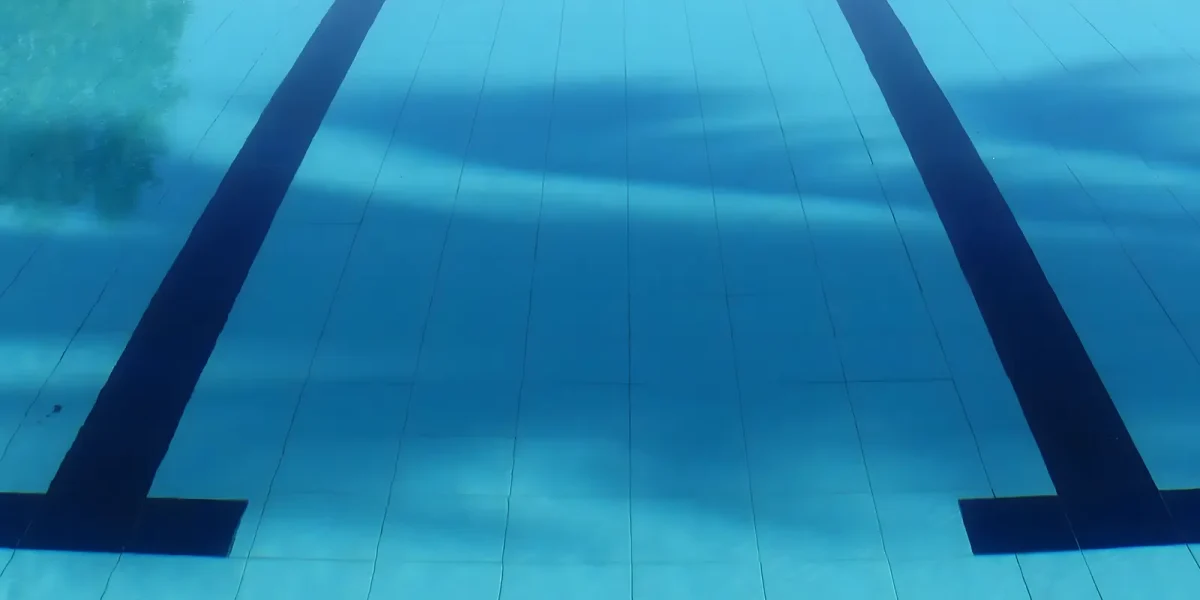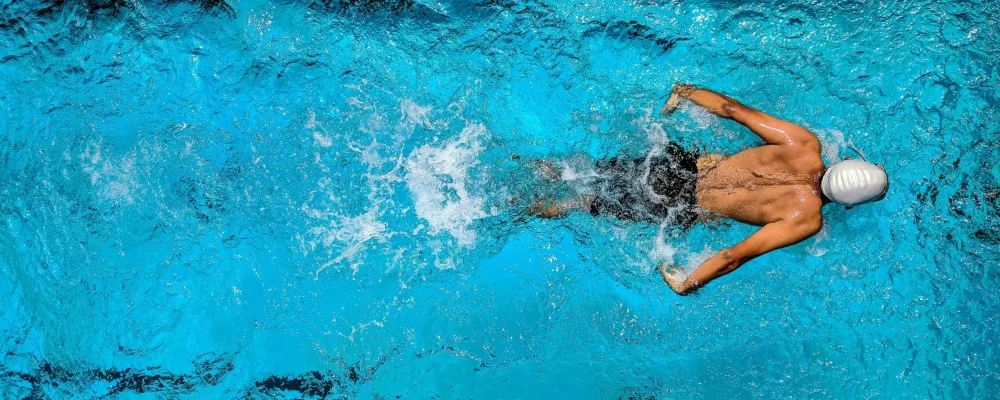
Saltwater pools are gaining popularity for their gentler water feel and lower chemical usage—but are they a safe choice for children and pets? In this article, we’ll explore the facts behind saltwater pool safety, common concerns, and what responsible pool owners should keep in mind.
Unlike traditional pools that rely on manually added chlorine, saltwater systems use electrolysis to convert dissolved salt into chlorine. This process produces a steady, lower concentration of chlorine compared to manual dosing. The result? Water that feels softer, smells less chemical, and is often better tolerated by people and animals alike.
Saltwater pools typically maintain salinity levels between 2,500 and 4,500 ppm (parts per million)—far below ocean water, which is around 35,000 ppm. This mild salinity is similar to natural tears and generally safe for most swimmers, including pets.
Many parents choose saltwater pools because they:
Proper maintenance is still critical. A saltwater pool that is poorly balanced can pose the same risks as traditional pools. Regular testing of pH, free chlorine, and salt levels ensures the system operates safely.
Dogs are the most common animal companions that swim in backyard pools. Here’s what you need to know:
Cats generally avoid water, but if they access your pool area, ensure safety barriers are in place to prevent accidents.
A clean, well-maintained saltwater pool is generally safer for everyone. Key maintenance tasks include:
Troxlly saltwater chlorinators are designed with family safety and convenience in mind. Our systems feature:
With models supporting pools from 15,000 to 60,000 gallons, Troxlly makes it easy to enjoy a safer, more comfortable swim environment—for kids, pets, and everyone in between.
Explore our full line of systems at troxlly.com.
